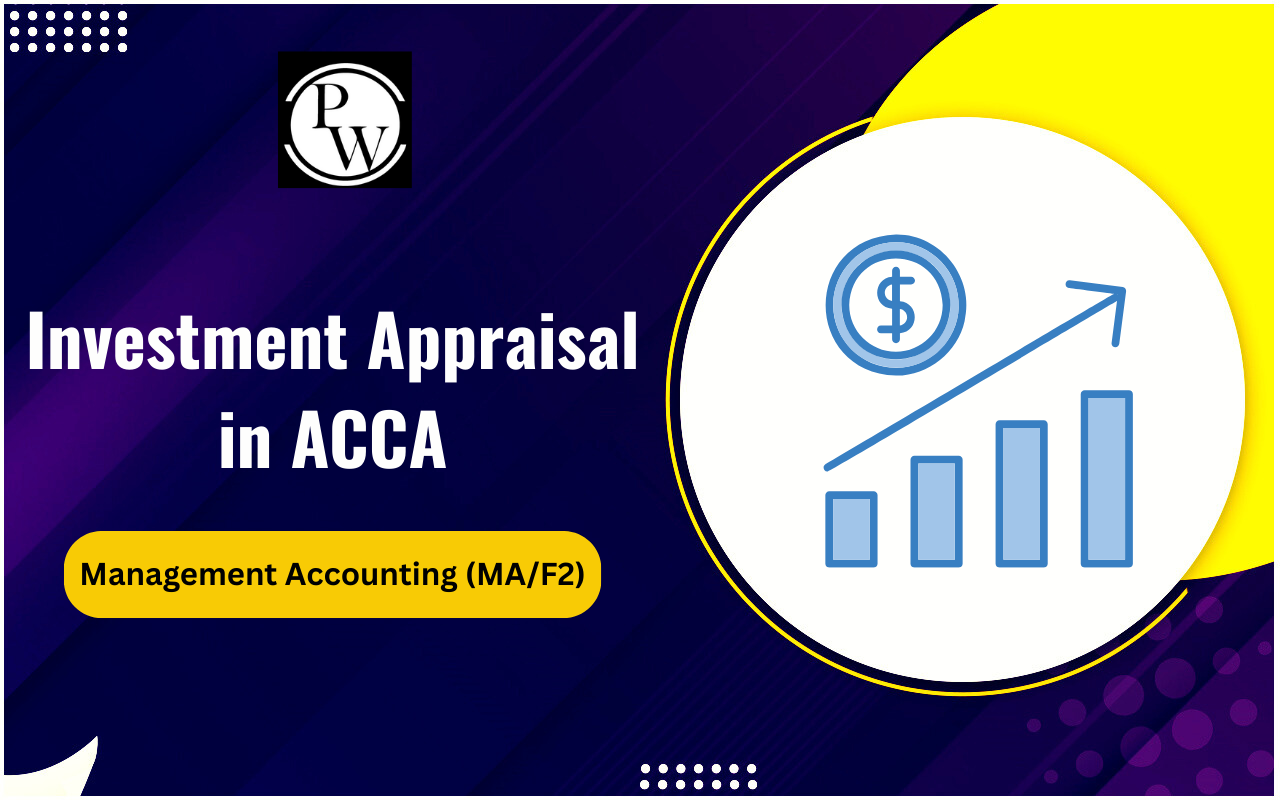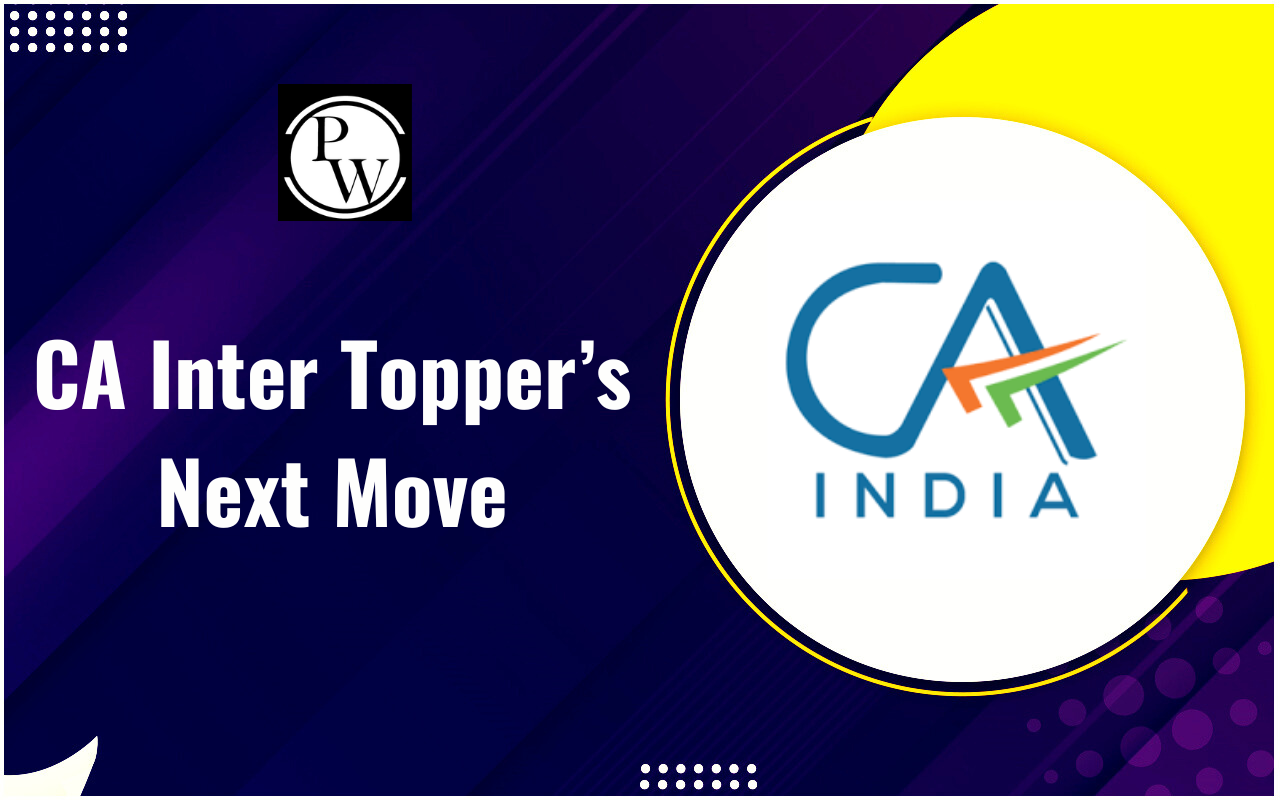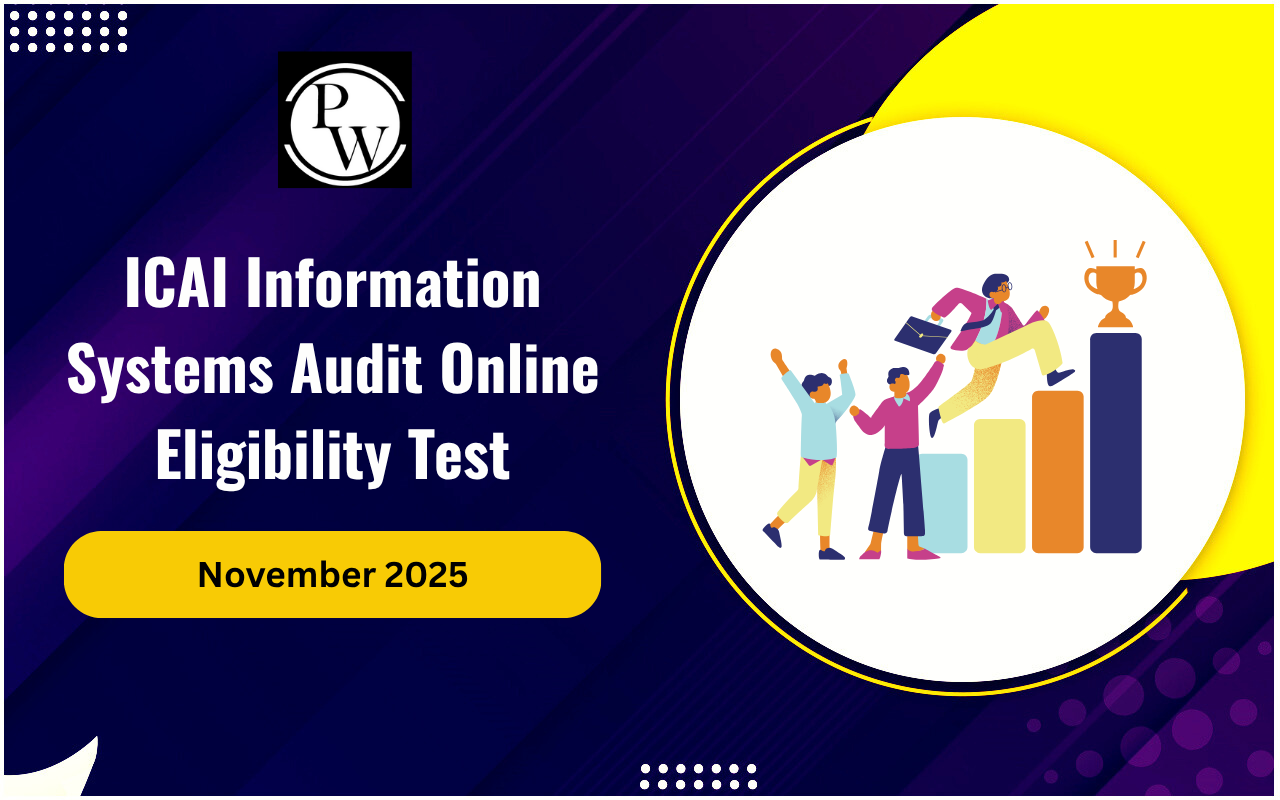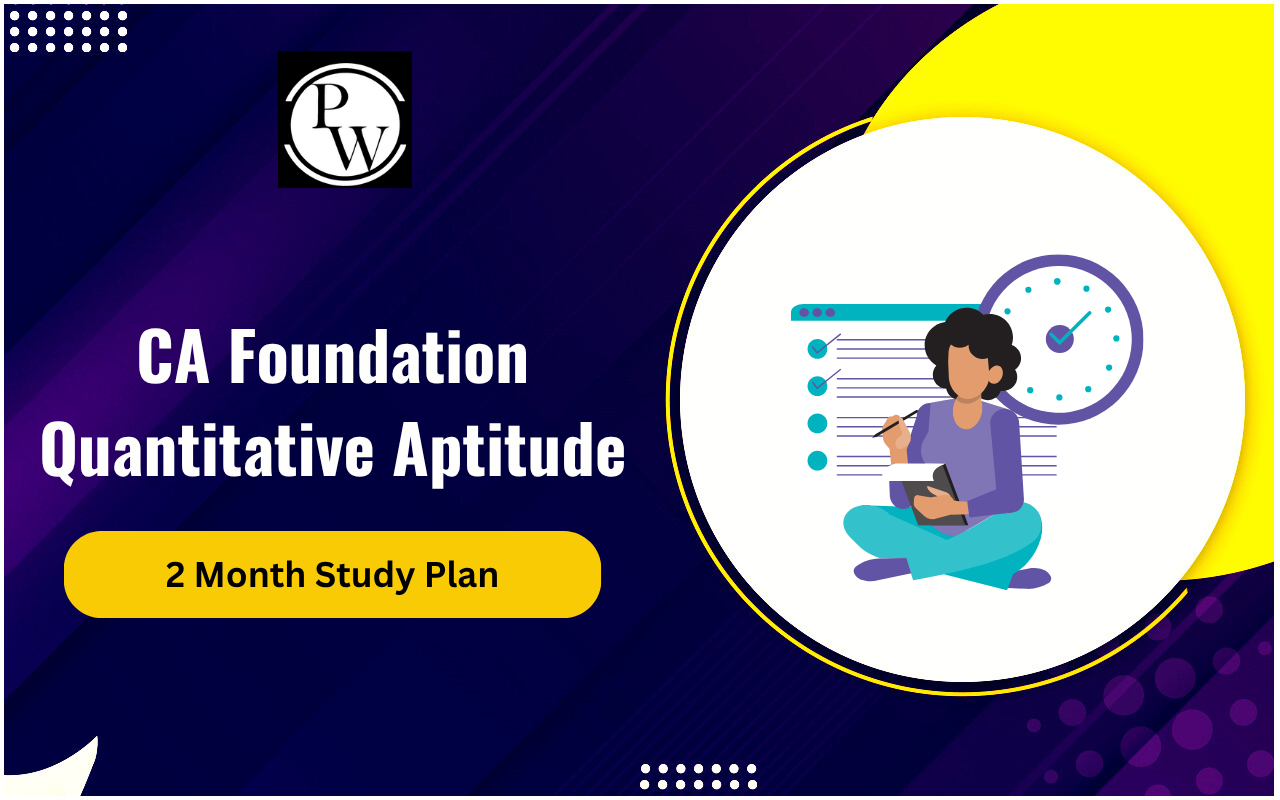
The concepts of Contingent Assets and Contingent Liabilities play a significant role in financial reporting and decision-making. These are potential future events that impact an organization's financial position but depend on uncertain occurrences. Understanding these elements is crucial for Chartered Accountancy (CA) students as they prepare for CA exams and practical applications.
Contingent Assets and Contingent Liabilities are covered under IAS 37, which outlines provisions, possible obligations, and present obligations that are uncertain in nature. Read about the meaning, examples, and differences between Contingent Assets and Contingent Liabilities to enhance clarity on the subject.
What is Contingent Assets?
A Contingent Asset is a potential economic benefit that may arise due to uncertain future events beyond an entity’s control. These assets are not recorded on the balance sheet until their realization becomes virtually certain. Instead, they are disclosed in the financial statement notes when their likelihood of occurrence is high. Contingent Assets and Contingent Liabilities are key considerations in financial reporting, ensuring that organizations maintain transparency.
For instance, if a company files a lawsuit against another entity for patent infringement and expects a favorable judgment, it has a contingent asset. However, the amount and certainty of the gain are still unknown, which is why it is not immediately recorded as an asset. Similarly, companies might recognize potential compensation from an insurance claim, legal settlement, or estate inheritance as contingent assets.
What is Contingent Liabilities?
A Contingent Liability is a potential obligation that may or may not arise depending on future events. If it is probable and its financial impact can be estimated reliably, it is recorded as an expense and a liability on the balance sheet. However, if its likelihood is uncertain, it is only disclosed in the financial statement footnotes.
Examples of Contingent Assets and Contingent Liabilities include lawsuits, product warranties, pending tax disputes, and government policy changes. If a company is sued and anticipates a financial loss of $3 million, it records a contingent liability by increasing legal expenses and accrued liabilities. If the lawsuit is lost, the company makes the necessary accounting entries to adjust for the payment.
Difference Between Contingent Assets and Contingent Liabilities
Contingent Assets and Contingent Liabilities are crucial concepts in accounting that deal with potential financial events that may or may not occur in the future. While both are dependent on uncertain events, they have fundamental differences in their nature, recognition, and impact on financial statements.
Nature and Definition
Contingent Assets refer to potential future gains that a company might receive based on the outcome of uncertain events. These assets are not recorded in financial statements unless the inflow of benefits is virtually certain. A common example of a contingent asset is a company expecting compensation from a lawsuit where the chances of winning are high.
On the other hand, Contingent Liabilities are potential financial obligations that may arise depending on the outcome of future events. They are recorded when they are probable and can be reasonably estimated. Examples include lawsuits, product warranties, and pending investigations.
Recognition in Financial Statements
IAS 37 outlines how Contingent Assets and Contingent Liabilities should be treated in accounting. Contingent Assets are only disclosed in the financial statements if there is a high probability of realization, but they are not recognized until they become certain. In contrast, Contingent Liabilities are disclosed in the notes to the financial statements if they are possible but not probable. If they are probable and measurable, they are recorded as liabilities.
Accounting Treatment
Contingent Assets are recorded only when the inflow of benefits is virtually certain. Until then, they are disclosed in the financial statements as notes.
Contingent Liabilities are recorded when they are probable and can be reliably estimated. If they are only possible, they are disclosed as a note.
For example, if a company is involved in a lawsuit and has a strong case, the expected compensation is a Contingent Asset and will only be recorded when the case is won. Conversely, if the company is at risk of losing, it will record a Contingent Liability in anticipation of a financial loss.
Impact on Business Decisions
Understanding Contingent Assets and Contingent Liabilities is essential for businesses as they impact financial planning and risk management. Contingent Assets can provide future financial gains, while Contingent Liabilities can lead to financial losses. Businesses must carefully assess these factors to make informed decisions about investments, legal matters, and financial strategies.
Example to Illustrate the Difference
Imagine a company, XYZ Ltd., involved in a patent infringement case:
-
If XYZ Ltd. expects to win the case and receive compensation, this is a Contingent Asset, and it will only be recognized when the court rules in their favor.
-
If XYZ Ltd. expects to lose and pay a fine, this is a Contingent Liability, and it must be recorded if the financial loss is probable and measurable.
| Also Check: | |
| Employee Costs and Direct Expenses | Joint Products |
| Audit of Items of Financial Statements | Assets Based Accounting Standards |
| Cost and Management Accounting | E-Way Bill |
FAQs
What is the main difference between Contingent Assets and Contingent Liabilities?
How are Contingent Assets recorded in financial statements?
Why are Contingent Liabilities important in accounting?
Can Contingent Liabilities be ignored in financial reporting?








